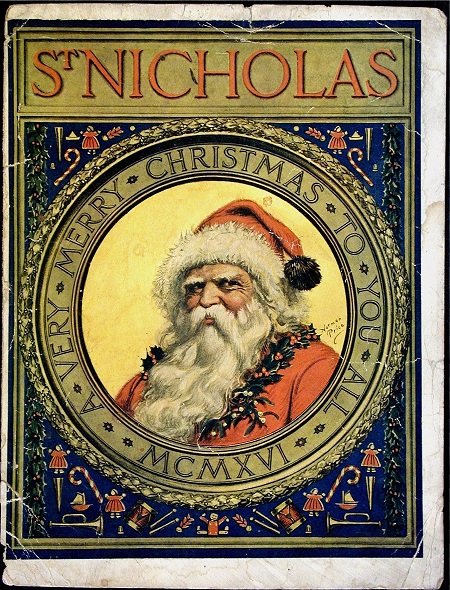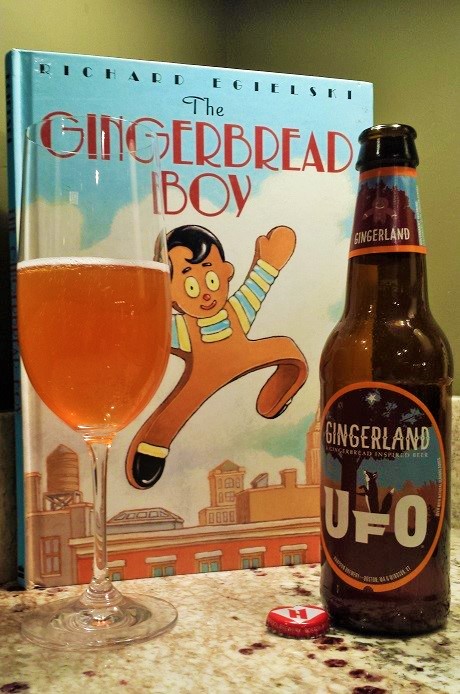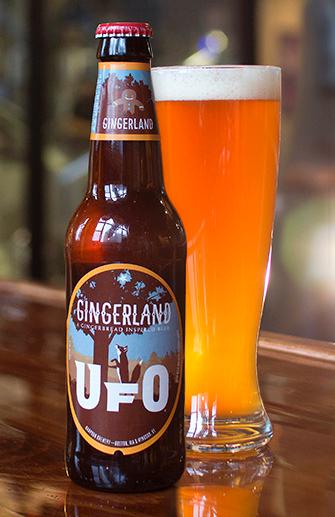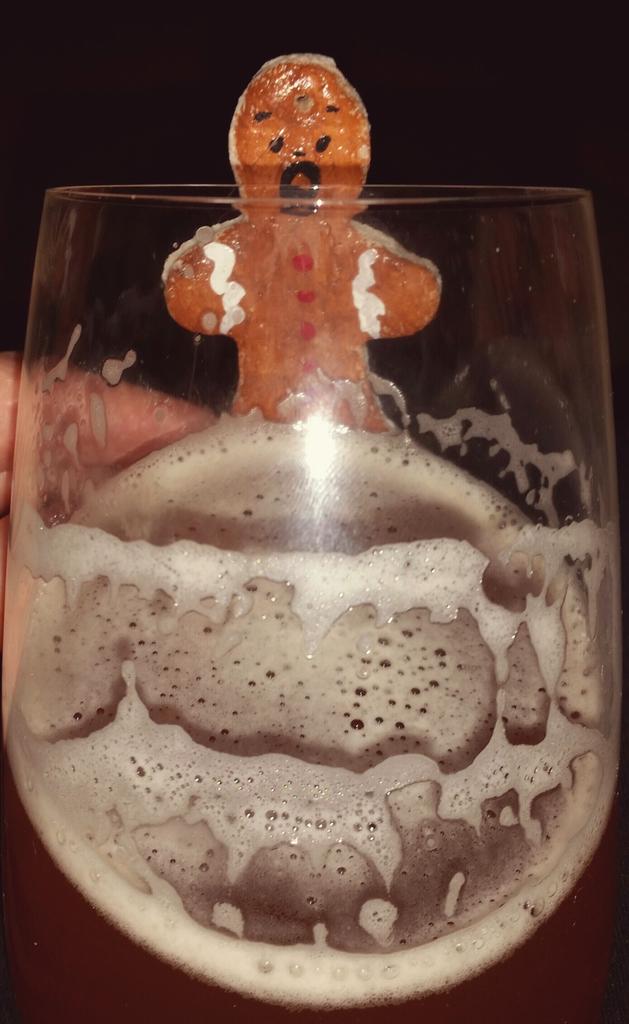 I was reading work by and about E. B. White recently, learning in the process that some of his first published pieces appeared in St. Nicholas, a monthly literary magazine for children which began in 1873 and continued with varying stages of vigor before expiring in 1940.
I was reading work by and about E. B. White recently, learning in the process that some of his first published pieces appeared in St. Nicholas, a monthly literary magazine for children which began in 1873 and continued with varying stages of vigor before expiring in 1940.
Like White, many subsequent famous authors first hit print as kids in St. Nicholas, including Edna St. Vincent Millay, William Faulkner, F. Scott Fitzgerald. Authors like Mark Twain and Louisa May Alcott wrote for the magazine, as did Rudyard Kipling, who published some of his “Jungle Book” stories therein. Kipling wrote many of those stories in Dummerston, Vermont, about ten minutes away from me.
There are coincidences everywhere. The first known publication of “The Gingerbread Boy” story was in the May 1875 issue of St. Nicholas but it’s a tale told in many countries’ folk tales. In the Aarne–Thompson folk tale classification system—which I’m sure everyone is familiar with—it belongs to a category called “The Fleeing Pancake.” The basic plot involves a piece of food that comes to life, flees hungry pursuers, mocks them, but then is tricked by some creature (often a fox), and is then promptly devoured.
“A tale of hubris for sure. And proof that no one can run away from everything,” said Meg Boogity, who joined me more for an online beer tasting than literary analysis, but who knows where Twitter will lead? If you’re drinking Harpoon’s new seasonal beer, UFO Gingerland, it might even lead to this:
One of several salt dough Christmas tree ornaments Meg made several years ago, this Mr. Bill-looking creature looks less surprised by a fox than at having a hole in its head and threatened with drowning in a glass of ale.
The version of the story we have in our house is retold by Richard Egielski. It takes place in what looks like New York City, the gingerbread boy gathering a tumultuous following of the man and women who created him, a rat, construction workers, jazz musicians, a policeman, but ultimately just another fox, who gets the best of him once again.

The old tale is alluded to on the Gingerland label, although Meg had to take another look: “I like the gingerbread man up in the tree. At first I thought he was a peeping Tom gingerbread coming out of the bushes.” Then she saw the fox on the main label.
 As for the “gingerbread inspired beer,” it’s got some ginger all right, but it also has some clove and cinnamon, and a fruity nose that suggested green apples to me. Mine poured out with a rocky head which quickly dissipated and we both discerned a real entry bite on the tip of the tongue.
As for the “gingerbread inspired beer,” it’s got some ginger all right, but it also has some clove and cinnamon, and a fruity nose that suggested green apples to me. Mine poured out with a rocky head which quickly dissipated and we both discerned a real entry bite on the tip of the tongue.
“I get some spice,” Meg tweeted. “Maybe clove. I find myself drinking it fast because I keep tasting for the gingerbread [which] I smell more than I taste. I wonder what I’d say I tasted if I didn’t know what it was supposed to be.”
Another argument for blind tastings. I thought it was a pleasant enough beer, refreshing, tart, fruity. But if I had my choice, I’d rather have a Harpoon Winter Warmer, which I queued up last year.
Meg found the gingerbread aroma and flavor emerging more as the beer warmed. “It is interesting. Not my usual taste, but I like it more than a lot of seasonals because it isn’t clobbering me over the head with flavor…. [But] I can’t imagine having more than two in a sitting. [And] that’s about to happen now.”
Our last Twitter tasting was also a spicy seasonal, Southern Tier’s Pumking. We’ll have to try some straight-ahead brew in the new year. Maybe a sour. Although the artwork may not equal Meg’s appreciation this time out: “The peeping Tom gingerbread man is probably my favorite aspect of it.”
Name: UFO Gingerland
Brewer: Harpoon Brewery, Boston, Massachusetts and Windsor, Vermont
Style: Spiced ale
ABV: 5.2%
Availability: Nov- Feb, in about 25 states
For More Information: www.harpoonbrewery.com
[December 15, 2014]

< 12 Beers of [Christmas] 3: Hanukkah, Chanukah Pass the Beer
12 Beers of Christmas 1: Anchor Our Special Ale 2014>

